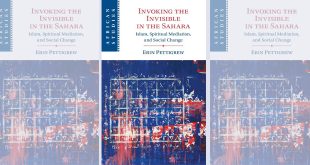This volume of Annotated Legal Documents on Islam in Europe covers Latvia and consists of an annotated collection of legal documents affecting the status of Islam and Muslims.
The book compiled and Annotated by Edvins Danovskis, University of Latvia.
The legal texts are published in the original Latvian language while the annotations and supporting material are in English. By legal documents are meant the texts of legislation, including relevant secondary legislation, as well as significant court decisions. Each legal text is preceded by an introduction describing the historical, political and legal circumstances of its adoption, plus a short paragraph summarising its content. The focus of the collection is on the religious dimensions of being Muslim in Europe, i.e. on individuals’ access to practise their religious obligations and on the ability to organise and manifest their religious life.
Edvins Danovskis, Dr.iur., University of Latvia, is a lecturer of administrative law at the University of Latvia. He has published many articles on administrative law and a monography on correlation between administrative and private law.
Table of contents
1. Status of religious communities
2. State support for religious communities
3. Education and schools
4. Islamic chaplaincy in public institutions
5. Employment and social law
6. Islamic slaughter and food regulation
7. Islamic dress
8. Criminal law
9. Family law
Bibliography
Index
Bibliographic Information
Title: Annotated Legal Documents on Islam in Europe: Latvia
Author: Edvins Danovskis
Publisher: BRILL (January 2016)
Language: English and Latvian
Length: 96 pages
ISBN: 9789004311428
Pub. Date: January 2016
 Ijtihad Network Being Wise and Faithful Muslim in the Contemporary World
Ijtihad Network Being Wise and Faithful Muslim in the Contemporary World
